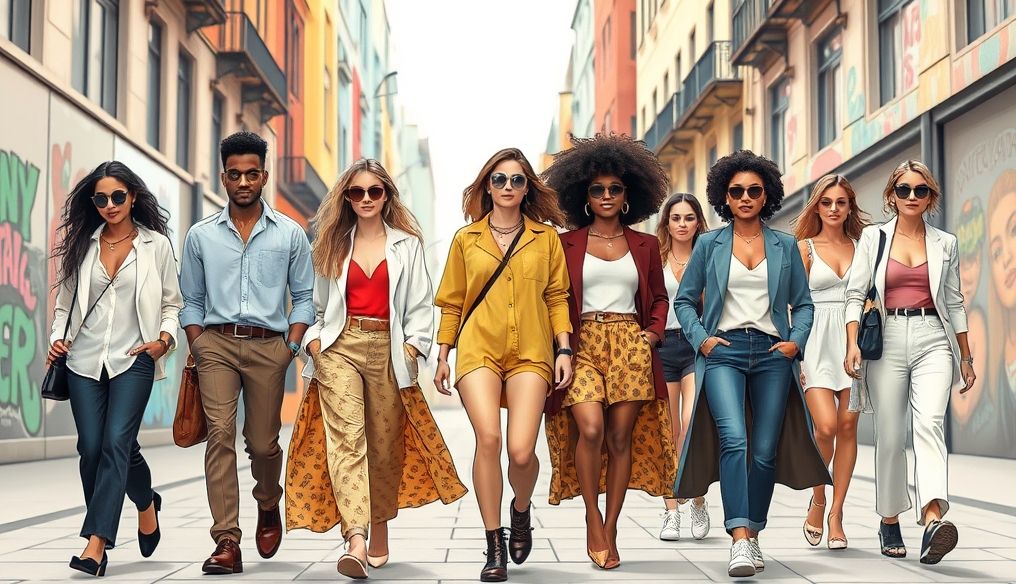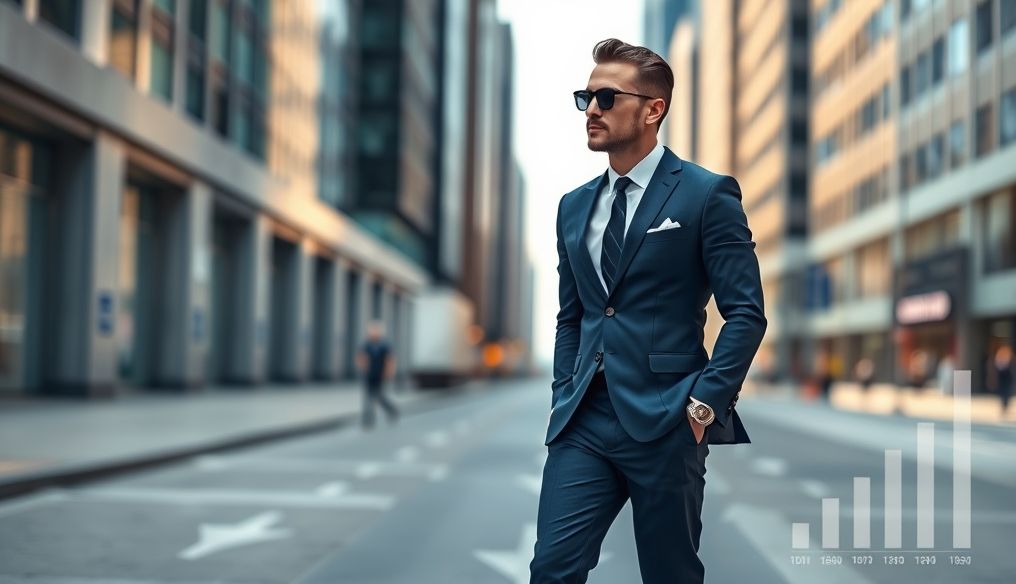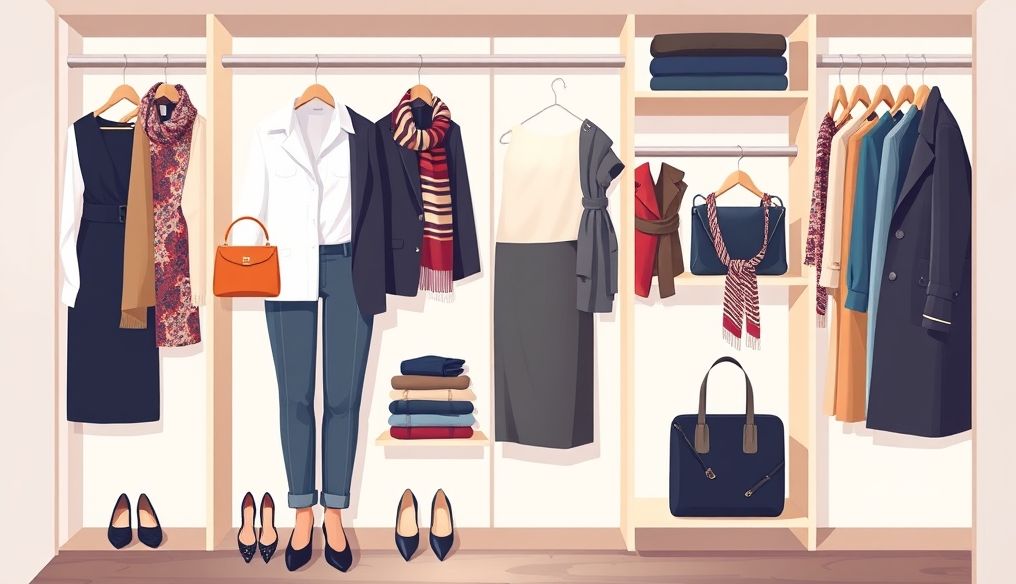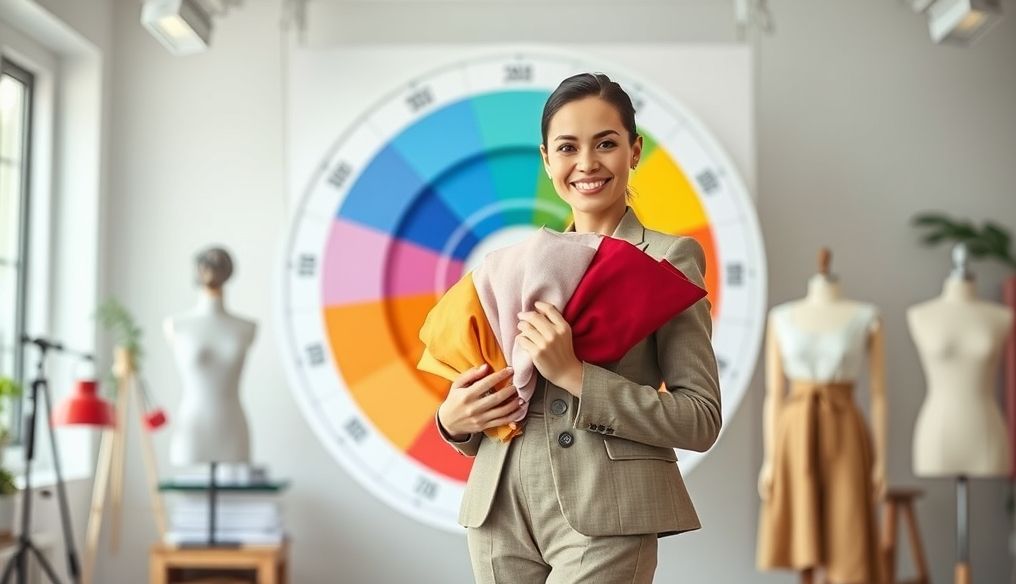Introduction: Breaking Free from Fashion Constraints
In a world dominated by fast fashion and ever-changing trends, finding a unique personal style becomes a real challenge. We often find ourselves drawn to what's popular, without thinking about whether it reflects our true personality or not. But what if we could break free from these constraints and create our own style that expresses our essence? This article provides you with a comprehensive guide to achieving that.
Chapter 1: Understanding Yourself: The First Step Towards a Unique Style
Before you start building your own style, it's essential to understand yourself well. This means exploring your interests, values, personality, and lifestyle. These factors will be the foundation upon which you build your choices in clothing and looks.
Questions to ask yourself:
- What are the things you love? (Colors, patterns, materials, etc.)
- What activities do you do regularly? (Sports, work, social events, etc.)
- What values do you believe in? (Simplicity, sustainability, boldness, etc.)
- What qualities would you like to reflect through your appearance? (Confidence, creativity, elegance, etc.)
Example: If you are a nature lover and enjoy hiking regularly, you may prefer comfortable and practical clothing made from natural materials such as cotton and linen, in earthy colors inspired by nature.
Chapter 2: Exploring Different Sources of Inspiration
Building a personal style doesn't mean starting from scratch. You can use different sources of inspiration, but the most important thing is to adapt these sources to suit your personality.
Potential sources of inspiration:
- Art and Culture: Get inspired by paintings, movies, music, books, and other works of art that you love.
- Inspiring Figures: Look for historical or contemporary figures who inspire you with their style and personality.
- Nature: Get inspired by the colors, shapes, and materials found in nature.
- Travel: Explore different cultures and traditional clothing styles.
- Thrift Stores and Local Markets: You can often find unique and unconventional pieces in these places.
Tip: Don't limit yourself to one source of inspiration. Combine different sources to create a unique mix that reflects your personality.
Chapter 3: Building a Smart and Versatile Wardrobe
Instead of buying random clothes that follow the latest trends, focus on building a smart and versatile wardrobe that contains high-quality basics that can be coordinated in different ways.
Basic pieces that should be available in your wardrobe:
- Basic T-shirts: In neutral colors such as white, black, gray, and navy.
- Jeans: In a cut that suits your body shape.
- Jacket: Suitable for different seasons and occasions.
- Little Black Dress: A classic piece that can be worn for various occasions.
- Comfortable and Stylish Shoes: Such as white sneakers or leather shoes.
Tip: Invest in high-quality pieces that last a long time, rather than buying cheap clothes that wear out quickly.
Chapter 4: Coordinating Clothes in Creative Ways
The secret to getting a unique style lies not only in the clothes you buy, but also in how you coordinate them. Try different ways to wear the same pieces, and don't be afraid to mix different styles and colors.
Tips for coordinating clothes in creative ways:
- Try Layering: Wear multiple layers of clothing to add depth and interest to your look.
- Break the Rules: Don't be afraid to break traditional fashion rules.
- Use Accessories: Accessories can turn a simple look into a distinctive one.
- Pay Attention to Details: Even small details such as how you roll up your sleeves or tie a scarf can make a big difference.
Example: You can wear a little black dress with a leather jacket and sneakers for a modern and casual look.
Chapter 5: Accessories: The Finishing Touch That Distinguishes Your Style
Accessories are the finishing touch that distinguishes your style and makes it unique. Choose accessories that reflect your personality and interests.
Types of accessories:
- Jewelry: Necklaces, bracelets, earrings, rings.
- Belts: Leather, fabric, metal.
- Scarves: Silk, wool, cotton.
- Hats: Beanies, sun hats, formal hats.
- Sunglasses: In different shapes and colors.
- Bags: Handbags, backpacks, shoulder bags.
Tip: Don't overdo it with accessories. Choose a few distinctive pieces that complement your look.
Chapter 6: Colors: A Language That Expresses Your Personality
Colors play an important role in defining your style. Choose colors that make you feel confident and comfortable, and that reflect your personality and mood.
Tips for choosing the right colors:
- Know Your Colors: Discover the colors that suit your skin, hair, and eye color.
- Consider the Occasion: Choose the appropriate colors for the occasion you are attending.
- Don't Be Afraid of Bright Colors: Bright colors can add a touch of fun and vibrancy to your look.
- Use Neutral Colors as a Base: Neutral colors such as white, black, gray, and navy can be used as a base for your look, then add a touch of other colors.
Example: If you are a cheerful and sociable person, you may prefer bright colors such as yellow, red, and blue. But if you are a calm and reserved person, you may prefer neutral colors such as gray, beige, and brown.
Chapter 7: Self-Confidence: The Real Secret of Elegance
Regardless of the clothes you wear, self-confidence is the real secret of elegance. When you are confident in yourself, you radiate irresistible charm and attractiveness.
Tips for boosting self-confidence:
- Focus on Your Strengths: Instead of focusing on your flaws, focus on your strengths and try to highlight them.
- Take Care of Yourself: Take care of your physical and mental health.
- Challenge Yourself: Try new things and challenge yourself to step out of your comfort zone.
- Remember That Perfection Doesn't Exist: Don't try to be perfect. Accept yourself as you are, with all your flaws and advantages.
Chapter 8: Sustainability and Ethics in Fashion
In a world that is increasingly aware of environmental and social issues, it has become necessary to think about sustainability and ethics when choosing your clothes. Look for brands that are committed to environmentally friendly and fair labor practices.
Tips for adopting a sustainable lifestyle in fashion:
- Buy Less Clothes: Focus on buying high-quality pieces that last a long time, rather than buying cheap clothes that wear out quickly.
- Buy Secondhand Clothes: Thrift stores and local markets are great places to find unique pieces at affordable prices.
- Repair Your Clothes: Instead of throwing away damaged clothes, try to repair or recycle them.
- Look for Sustainable Brands: Look for brands that use environmentally friendly materials and are committed to fair labor practices.
Conclusion: Your Personal Style is a Reflection of Your Soul
Building a unique personal style is an ongoing journey of self-discovery and experimentation. Don't be afraid to express yourself through your clothes, and remember that the most important thing is to feel comfortable and confident in what you wear. Your personal style is a reflection of your soul, so make it express you in the most honest and beautiful way.




